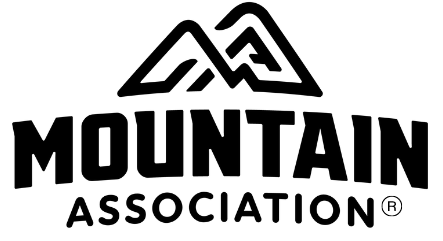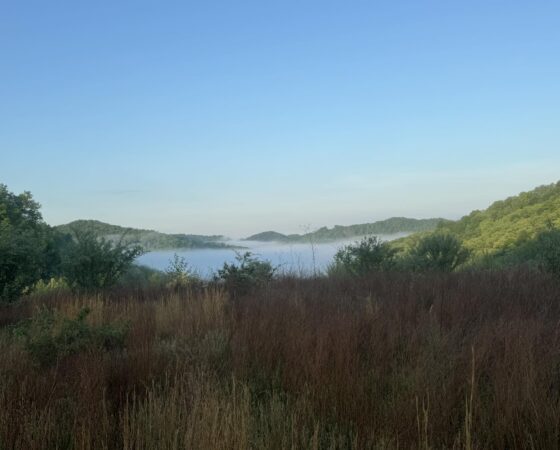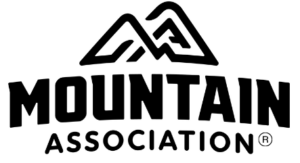The good folks at Daily Yonder have a great piece on the EPA's new report about "Smart Growth" in rural areas — an excerpt is available here, but be sure to see the full piece for more information.
What does “smart growth” mean to rural communities?
The federal Environmental Protection Agency (EPA) recently released a report titled Putting Smart Growth to Work in Rural Communities. It was written by EPA staffers and people with the International City/County Management Association. And it was meant to give smaller communities an idea of how smart growth principles can work in their towns and counties.
You can find a full copy of the report here.
The report is aimed at all rural places, whether they are growing or shrinking. Most of the report consists of concrete suggestions. The recommendations are gathered under three goals.
1. Support the rural landscape by creating an economic climate that enhances the viability of working lands and conserves natural lands;
2. Help existing places thrive by taking care of assets and investments such as downtowns, Main Streets, existing infrastructure, and places that the community values; and
3. Create great new places by building vibrant, enduring neighborhoods and communities that people, especially young people, don’t want to leave.
We’ve pulled some of the recommendations listed under each goal. We’ll begin excerpts from the report with the first goal.
Natural Resources Conservations Service The Environmental Protection Agency has released a study showing how the principles of "smart growth" can be applied in rural communities. The photo above shows the movement of the suburbs into farmland in Dallas County, Iowa.
Goal One: Support the Rural Landscape
Use value taxation — Use value taxation (often called current use value taxation or preferential assessment) is a voluntary approach that allows land to be assessed at its current use value (as agriculture or forest land, for instance), rather than at its highest market value, which may include the value of the land based on its current use plus the underlying development rights that have not been exercised by the property owner.
Tax credits for conservation — Tax incentives for donating conservation easements can motivate a landowner to remain on the land. Federal, state, and local governments can grant tax credits for land donation or conservation easements.
Right to farm policies — Nuisance lawsuits, based on complaints from neighbors or strict local policies, seek to curtail normal farming activities. Right to farm ordinances and laws protect farmers, ranchers, and foresters by preventing these lawsuits from succeeding in court.
Purchase of development rights — Purchase of development rights (PDR) is a voluntary program in which a land trust or other agency buys the development rights to a parcel from the landowner. The landowner is free to turn down the offer or try to negotiate a higher price. Once an agreement is made, a permanent deed restriction is placed on the property restricting the type of activities that may take place on the land in perpetuity.
Government purchase of local products — Increasingly, state and local governments are contracting with regional farmers to supply food for public institutions such as schools, prisons, and government offices.
For more on the report and Daily Yonder's analysis, see the full post here.






